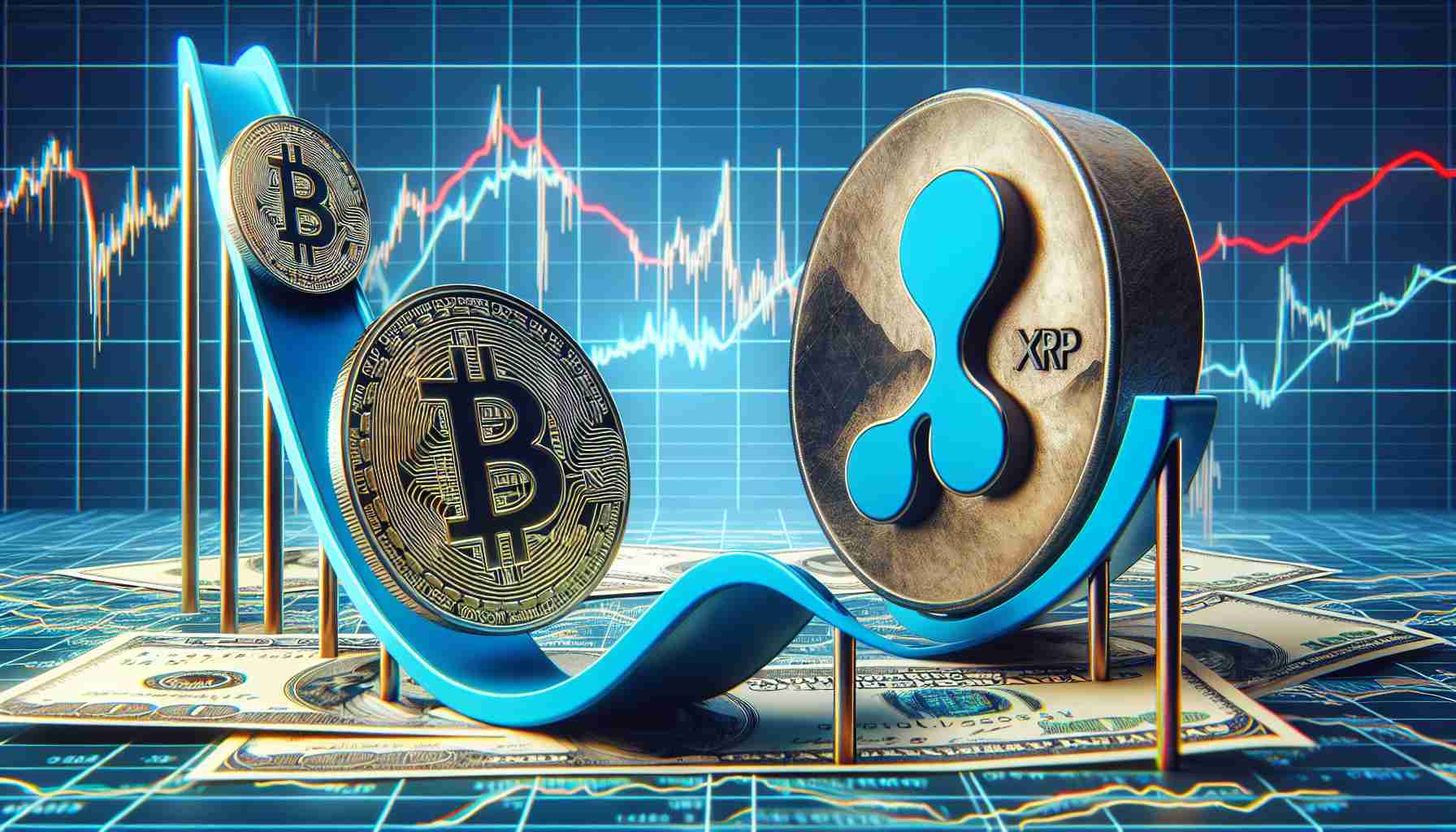- U.S. consumer prices surged by 0.5% in January, impacting expectations for Federal Reserve rate cuts.
- The 10-year treasury yield rose significantly, causing ripples in both U.S. and international bond markets.
- U.S. equities experienced mixed reactions, with a slight S&P 500 dip balanced by a modest Nasdaq gain.
- Currency markets saw the yen fall and the euro rise amid the inflation news.
- The Federal Reserve may need to maintain tight monetary policy longer than previously anticipated.
- Oil prices dropped due to geopolitical factors, while gold gained amidst market uncertainties.
- Traders and policymakers are urged to remain vigilant and patient in light of the unpredictable economic recovery and inflation concerns.
Turbulence ripples through the financial markets, as a surge in inflation data challenges the Federal Reserve’s plans. Investors worldwide took notice when the unexpected spike in U.S. consumer prices rattled predictions and cooled hopes for imminent rate cuts. The consumer price index leapt 0.5% in January, signaling that the anticipated relief might remain elusive. This robust rise, its highest since last summer, ignited a whirlwind of reactions from the bond and equity markets alike.
As treasuries plunged, the 10-year yield catapulted by nine basis points, marking its most significant shift in months. This wave also echoed across the Pacific, affecting Australian and New Zealand bonds, while U.S. equities swayed indecisively. The S&P 500 inched down, offset by a modest Nasdaq gain, and an index tracking Chinese companies in the U.S. advanced.
Currency markets mirrored this upheaval; the yen slumped, while the euro climbed among its peers. The shifting tides suggest the Fed may need to hold a firm stance longer than envisaged, keeping monetary policy tight until clearer signals of inflation cooling emerge.
On a global scale, energy sectors felt the pinch as oil prices dipped following the U.S.-Russia talks on Ukraine, reflecting geopolitical undercurrents. Meanwhile, gold found some traction amidst the uncertainty.
In essence, the markets signal caution. Participants must brace for potential prolonged tight monetary measures rather than the relaxation they had anticipated. This inflation spell, attributed to seasonal adjustments, warns of the complex, unpredictable nature of economic recovery. As inflation overshadows forecasts, the message to traders and policymakers is clear: vigilance and patience are paramount as they navigate these economic headwinds.
Inflation Surge Creates Waves: How Global Markets and Central Banks Respond
The recent spike in U.S. consumer prices has sent shockwaves through the global financial markets, raising critical questions about economic recovery and central bank policies. As stakeholders react, it’s important to understand additional layers of complexity and broader consequences.
Implications for Individuals and Economies
1. Impact on Consumer Behavior: Higher inflation often leads to increased prices for everyday goods and services. Consumers may experience a decrease in purchasing power, leading to altered spending habits. This can affect businesses, especially those reliant on consumer spending, possibly slowing economic growth.
2. Global Economic Ties: Inflation and interest rate changes in the U.S. can have far-reaching effects owing to the interconnected nature of global economies. Countries trading extensively with the U.S. might witness changes in demand for their exports or imports, potentially impacting their GDP and growth forecasts.
3. Emerging Markets at Risk: Rising interest rates in developed countries like the U.S. can lead to capital outflows from emerging markets as investors seek higher returns. This could result in currency depreciation and financial instability in these economies, which rely on foreign investment for growth.
Technology and Innovation
1. Sector-Specific Impact: Technology companies, often more sensitive to changes in interest rates because of their growth-focused business models, might reassess their strategies and priorities. It may slow down tech investments, merger, and acquisition activities but could prompt increased focus on efficiency and cost-cutting innovations.
2. Investment in Technology: The market’s volatile conditions could drive investors and companies to explore technologies that offer better risk management and financial analysis. Fintech innovations, particularly in AI and machine learning for predictive analytics, are likely to see increased demand.
Geopolitical Dimensions
1. Energy Market Dynamics: The interplay between U.S.-Russia talks on Ukraine and the inflation-driven market movements highlights how political developments can influence energy prices, impacting global energy security and economy. Uncertainty in this arena can hasten shifts towards alternative and renewable energy sources.
2. Currency Fluctuations and Trade: With currencies like the yen falling and the euro rising, there are competitive implications for trade. Countries might adjust their monetary policies to remain competitive, affecting currency stability and trade agreements.
Key Questions and Future Outlook
– Can central banks adapt quickly enough to manage inflation without stifling growth?
The Federal Reserve and other central banks will need to strike a delicate balance between controlling inflation and supporting economic recovery. Their ability to adapt policy tools will be crucial.
– What strategies should investors employ to navigate the current market volatility?
Diversification and hedging strategies could be vital. Investors might focus on sectors less sensitive to inflation or explore alternative investments like commodities or crypto-assets.
– How will ongoing geopolitical tensions influence long-term economic policies?
Geopolitical risks present considerable uncertainty that could lead to changes in government spending, particularly in defense and infrastructure, impacting fiscal policies.
By examining these elements, we gain a deeper insight into the multifaceted challenges and opportunities that the recent inflation spike presents on a global scale. Policymakers and investors alike must remain vigilant and adaptive as markets navigate these turbulent waters.
For further reading and detailed market analysis, you may visit the following credible sources:
– Bloomberg
– The Wall Street Journal
– Financial Times

















